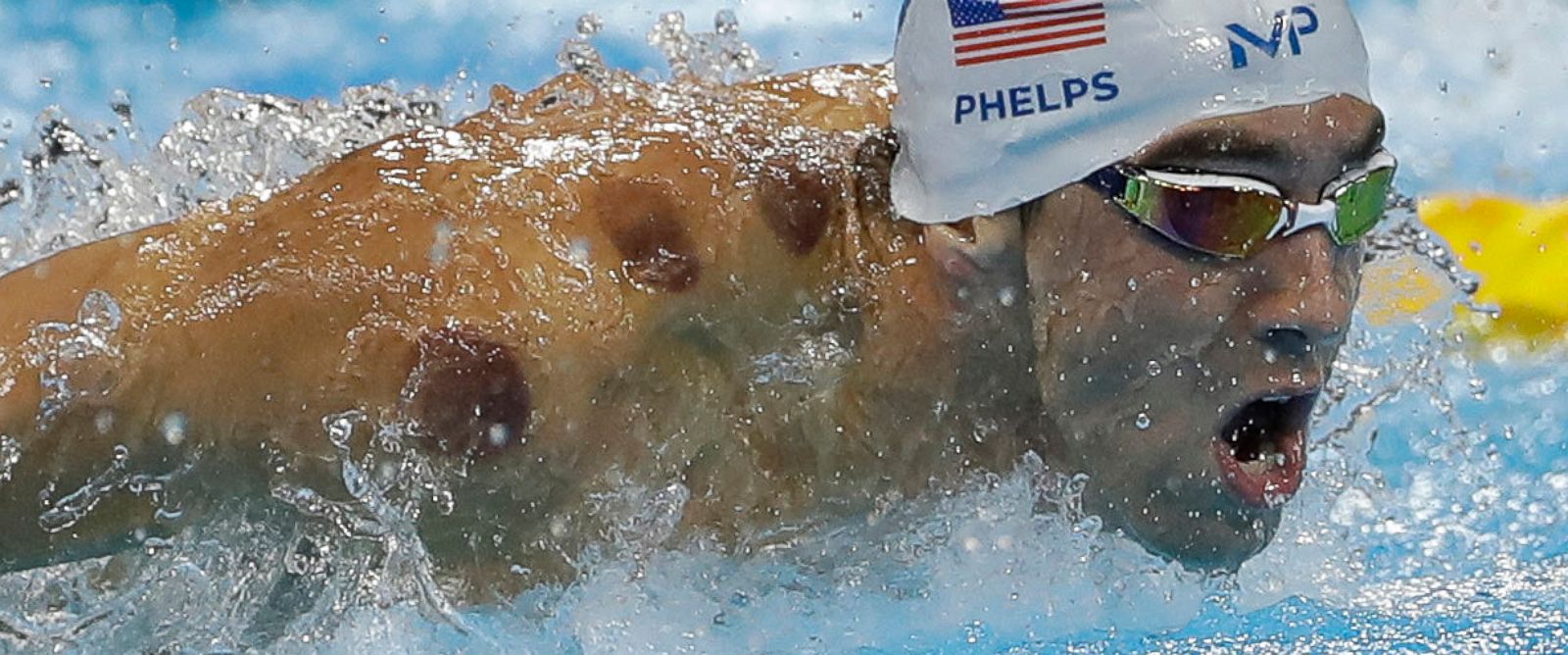
When Michael Phelps, the most decorated Olympic athlete in history, hit the pool deck this weekend in Rio, Olympic viewers may have been perplexed by the purple circles that dotted his shoulder and back.
While it looked like it could be some odd injury, the circles were actually a sign that Phelps had taken up cupping -- an alternative therapy often used to help athletes treat sore or injured muscles.
The technique involves putting cups over areas that are in pain or sore and creating negative pressure so the skin is slightly pulled into the small cups. The telltale circles are actually small bruises created when the skin is pulled into the cup.
Despite Phelps and other Olympic swimmers being a fan of cupping, there's virtually no high-quality scientific evidence that cupping helps treat sore muscles.
While some small studies have shown a positive effect, often the effects were short-lived and likely a result of the placebo effect. Many of these studies also had methodology flaws. Larger, systemic reviews of many studies overwhelmingly concluded that there was no high-quality evidence to suggest cupping therapy provides any benefit.
The technique dates back thousands of years in Chinese and other cultures, according to Dr. Charles Kim, a musculoskeletal rehabilitation and rehab medicine specialist at NYU Langone’s Rusk Rehabilitation Center.
Despite the bruising, cupping should never hurt, Kim said, and that it's akin to a "reverse" massage.
"Cupping is like massage in reverse -- instead of pushing down on tissue," you're pulling up, he said, noting that he is a fan of the technique and has used it himself to help relax sore muscles.
"You feel relaxed, looser," he said. "Aching tight muscles are relaxed."
Alternative or cutting-edge therapies can often gain traction among elite athletes always looking for a way to eke out a performance advantage, Kim pointed out.
"A lot of these athletes, if it's Olympic gold they're seeking or a million dollars, they're under pressure to find a competitive edge," he said.

